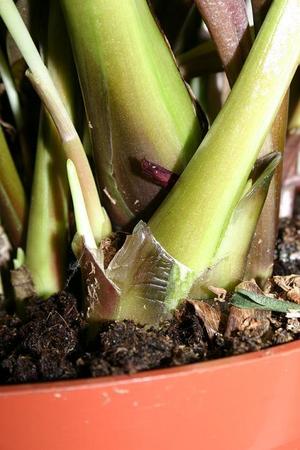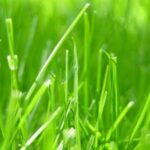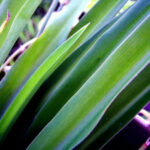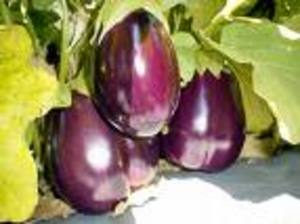Make your own potting soil to put some green in your plants and keep some green in your wallet.
COMMERCIAL POTTING SOIL
Marketed under various brand labels, commercial potting soil is also marketed for different types of plants, with and without chemical fertilizers added, and as soilless blends. The main difference in potting soils targeted for specific planting purposes is a different NPK (nitrogen, phosphorus, potassium) ratio in the added chemical fertilizer. For example, “African violet” soil has higher phosphorus to encourage more flowers. Styrofoam pellets are often added to commercial potting soils as a filler to make the mixture lighter… and cheaper to produce. Do you really want petrochemical products that take 500 years to decompose in your potting soil? And remember this: Potting soil is sold moist and by weight, which is controlled by the packager for maximum profits. Styrofoam pellets add bulk to keep the mix soft and usable, and the pellets allow the packager to add more water to increase weight.
GOOD POTTING SOIL
Good potting soil has good water retention AND good drainage. Water is the carrier for dissolved nutrients, and it is the key to your nutrient delivery system. Plant roots need aeration to prevent root rot and other soil diseases, and they need soil that holds moisture to allow slow uptake.
Most potting blends actually contain no soil. Originally, a soilless blend consisted of peat, perlite and sand; if no actual soil is included, the mix is void of nutrients. Today, you can find soilless potting media made from specialized plastics that have water-retention characteristics. It is also void of nutrients. You can also buy little gel-like pellets dry in packages so you can add them to your potted plants or garden to help the soil retain water. They do help the big box stores keep their plant displays alive during peak seasons, and they cut down on watering costs and employee hours involved with plant care. But they are an unnatural additive that has no nutrients and no real benefit.
BEST POTTING SOIL
Make your own natural potting soil blends that are economical and healthier for your plants. And if you want organic potting soil, blending your own is the only way you can be sure it is from truly safe sources with no chemical additives.
Recipes for potting soil are plentiful. Here is my method:
Peat used to be a featured ingredient because of its aeration and water retention characteristics. However, peat bogs are being over-harvested in many areas of the world. Coconut coir, the waste from coconut processing, is cheap and plentiful and is preferred over peat by many growers. Organic coir is available; it may be a special order item in your area.
Make this potting soil in any quantity. Combine the following and mix well:
1 part coir or peat
1 part perlite
1 part clean sand
2 parts aged compost OR 1 part good garden loam and 1 part aged compost
Screen (sift) compost and loam before using to remove large particles and foreign matter. Quarter-inch hardware cloth is the size I use to screen for seed-starting soil. Half-inch mesh is fine for repotting houseplants.
You may want to pasteurize your compost and loam before mixing. The pasteurization step is not necessary, but I recommend it, especially if you will use the potting soil to start seedlings. Pasteurization kills weed seeds and pathogens in compost and loam, and you can do it easily in your oven. Remember, if you overheat soil, its structure breaks down and it is unfit for use. DO NOT MICROWAVE.
Screen 4 to 6 dry quarts of compost or loam. You need enough to make a layer about 2 inches deep to avoid overheating. Place it in a roasting pan, in a turkey-roasting bag if you wish. Set your oven for LOW, or 180 degrees if your settings go that low. Use an oven thermometer if your oven doesn’t have a setting. Place the pan in the oven and turn it on; no need to preheat. Once the temperature reaches 180 degrees, set a timer for 20 minutes. Watch the temperature carefully. 180 is the maximum. Check the oven thermometer often; open the door to let some heat escape if your oven is poorly regulated.
If you use a turkey roasting bag, use a meat thermometer to keep tabs on the interior temperature of the soil.
Source:
Personal experience







